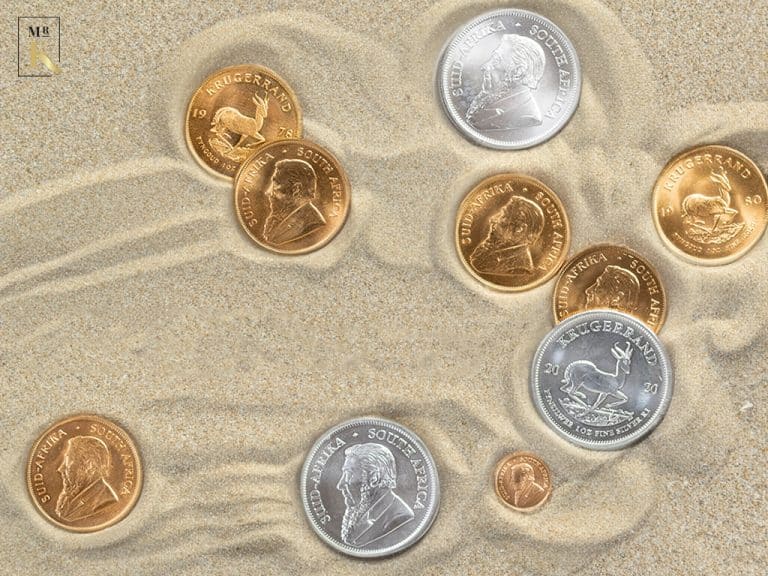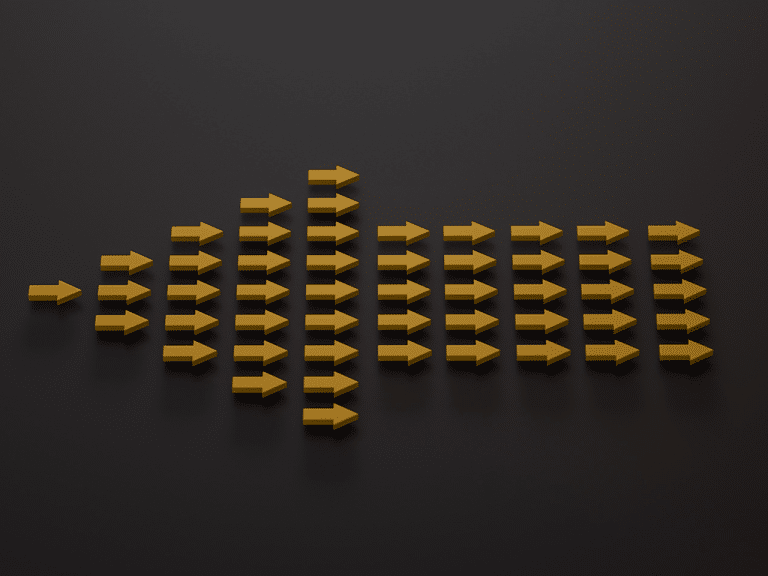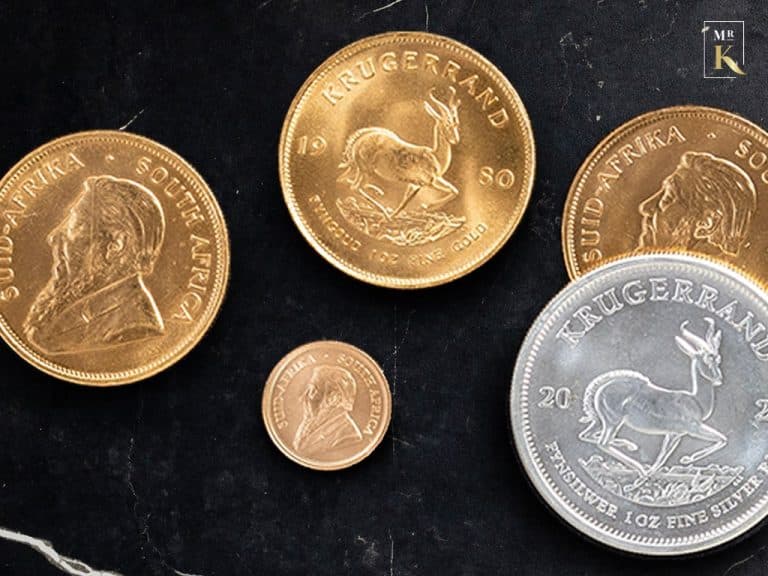Humans have been fascinated by Gold for millennia. Artefacts found in ancient tombs in Bulgaria suggest that the yellow metal may have been mined for as many as 7,000 years. Silver mining appears to have begun around 2,000 years later in the neighbouring Turkish region of Anatolia. Interestingly, these Precious Metals were later used as currency throughout the Middle East and many Mediterranean countries.
Although generally no longer used as a day-to-day currency, both Silver and Gold are widely traded. They are firm favourites among today’s investors, who often view them as a means to diversify their portfolios. Anyone serious about growing their wealth would be well-advised to consider this option. Those who are unfamiliar with this market may find the following guidelines helpful.
What to Buy and Why
If you are investing in Precious Metals for the first time, Gold could be your safest bet. It remains a crucial element within the world financial system and has a long history of maintaining its value. Yes, the Gold price does fluctuate, but it varies markedly less than that of other equities. There is a continuing demand for this metal from Jewellery manufacturers and, to a lesser extent, from the electronics industry. In times of economic downturn and currency fluctuations, an investment in Gold can promise stability when other markets are volatile.
Silver still features prominently in the Precious Metals market. Like Gold, it has an aesthetic value. However, the demand from industry and the metal’s availability are the factors that tend to exert the greatest influence on its price. Most Silver is obtained as a by-product of Copper- and Gold-mining operations. Consequently, a mine closure can soon lead to a supply shortage and cause price fluctuations. Some experts consider it is currently undervalued and could thus offer good investment potential for those with a smaller budget.
The naturally white elements Platinum and Palladium are relative newcomers to the market in Precious Metals. The Jewellery industry prizes Platinum for its exceptional colour retention and durability. More recently, however, its role in catalytic converters saw its price soar to new heights. However, Palladium is also a suitable catalyst. Its lower production cost has made it a better prospect for car manufacturers. Platinum remains substantially cheaper than Gold, while Palladium is a fraction more expensive. Wider price fluctuations offer the chance of both short-term profits and losses but monitoring the prevailing market forces will be essential.
Bullion Bars or Coins?
Investors interested in Precious Metals can purchase them in one of two physical forms. While Bullion bars were once the sole option, coins have since become an attractive alternative. Because Gold and Silver coins are collectable items, this can often add to their commodity value. A one-ounce Krugerrand could be the cheapest way to begin investing in Silver, and purchasing one or two coins every month is quite achievable. The iconic Gold versions once accounted for 90% of the global Gold coin market. Although minting adds to the spot price, they remain popular.
Perhaps you would like professional advice regarding investment in Precious Metals and an option that will suit your budget. Then chat to an expert at Gold Stock Investment, and consider our Kruggerands and range of Minted Gold and Casted Silver Bullion bars.
Sources:


